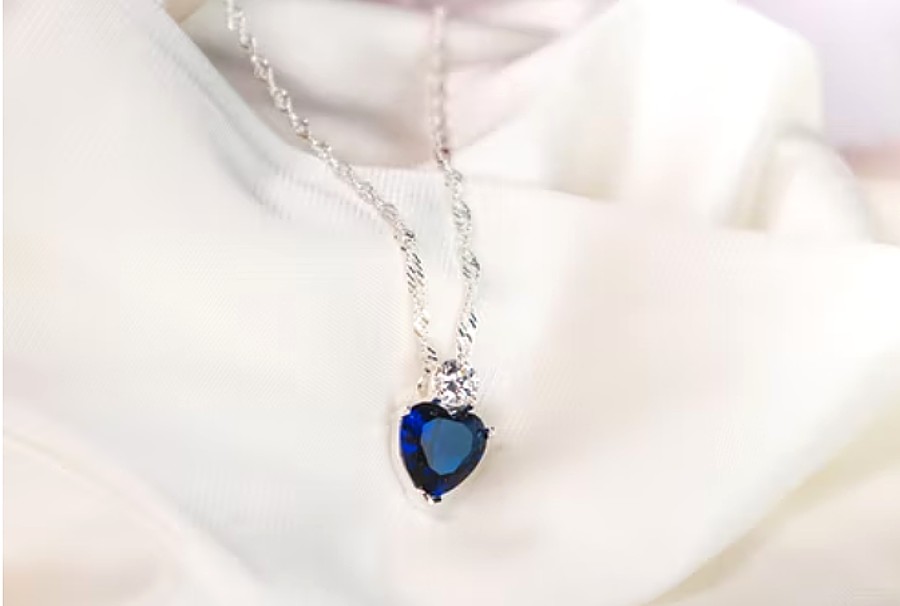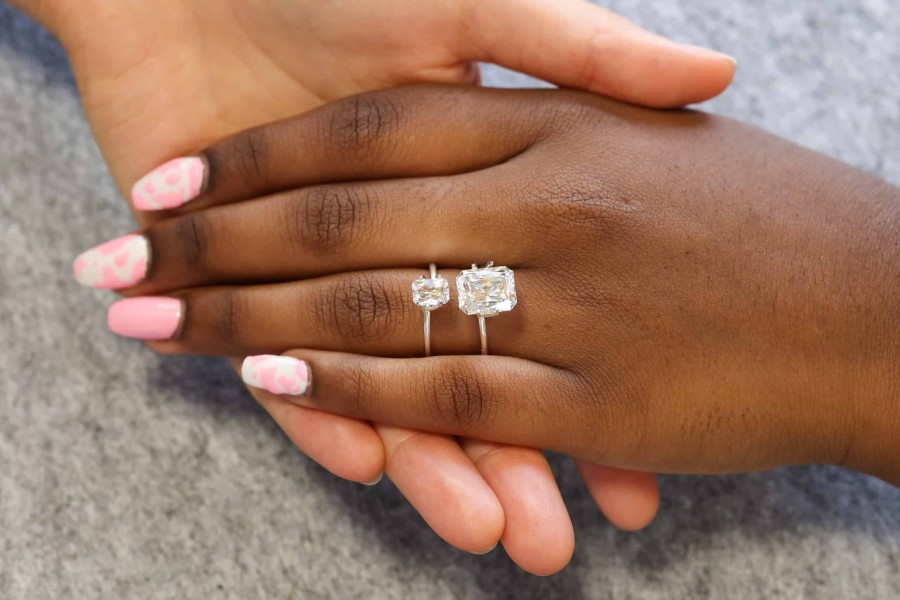
Wrestling belts, also known as championship belts, are a vital aspect of professional wrestling.
These highly coveted accessories represent the pinnacle of achievement in the world of sports entertainment. Over the years, wrestling belts have evolved from simple, functional tools to ornate and highly symbolic pieces of art. In this article, we will explore the history, design, and significance of wrestling belts in the world of professional wrestling belts.
The Early Days
Wrestling belts can trace their origins back to the early days of professional wrestling in the late 19th century. During these times, wrestling was a legitimate sport with strict rules and regulations. Champions were determined through rigorous competition, and there was a need to signify the reigning champion.
The first wrestling belts were rather simple in design. They were often made of leather and featured minimal decoration. The focus was on functionality rather than aesthetics. These early championship belts were crucial in establishing the legitimacy of the sport, as they clearly identified the top athlete in the wrestling world.
The Golden Age of Wrestling Belts
As professional wrestling evolved, so did the replica wrestling belts. The mid-20th century marked the golden age of wrestling belts, with the emergence of iconic designs and legendary champions. Promotions like the National Wrestling Alliance (NWA) and the World-Wide Wrestling Federation (WWWF, later known as WWE) led the way in creating unique championship belts.
One of the most famous wrestling belts from this era is the NWA World Heavyweight Championship belt, often referred to as the “Ten Pounds of Gold.” This title was synonymous with wrestling excellence and was proudly worn by legends like Lou These, Harley Race, and Ric Flair. The belt featured intricate details, gold plating, and a design that exuded prestige.
The WWWF, under the leadership of Vince McMahon Sr., introduced the WWWF World Heavyweight Championship, which later became the WWE Championship. This iconic belt featured a globe in the center and was synonymous with wrestling’s top prize.
The Attitude Era and the Birth of Customization
The 1990s marked a significant shift in the world of professional wrestling, with the WWE’s Attitude Era taking center stage. This era not only transformed wrestling’s storytelling and presentation but also had a major impact on the design of wrestling belts for sale.
During this period, custom-made championship belts became more prevalent. The WWE introduced the “Attitude Era” version of the WWE Championship belt, which featured a stunning eagle design and unique stone plates. The Intercontinental Championship, European Championship, and Hardcore Championship also received distinctive designs, reflecting the characters and storylines of the champions who held them.
Customization allowed the titles to become an extension of the wrestlers themselves. The belts were not just symbols of victory but also tools for storytelling, adding depth to the characters and rivalries in the ring.
Modern Era and Brand Specificity
The turn of the 21st century brought further changes to wrestling belts. With the WWE’s brand split in 2002, separate titles were introduced for the Raw and SmackDown brands, creating new championship designs. This marked the beginning of a trend where each WWE title had a unique design, emphasizing brand-specific identity.
In addition to the brand-specificity, contemporary championship belts became even more intricate and ornate. They often featured intricate metalwork, colorful gemstones, and personalized elements. The WWE World Heavyweight Championship, introduced in exemplified this trend with its dual-plated design, large center plate, and personalized side plates featuring the champion’s logo.
The Women’s Evolution in wrestling also brought about a significant change in the design of women’s championship belts. The WWE introduced the Raw Women’s Championship and SmackDown Women’s Championship, each with unique, feminine designs that celebrated the achievements of the female athletes.
Impact on Merchandise and Pop Culture
Wrestling belts have not only remained symbols of glory and prestige in the world of professional wrestling but have also become an essential part of the wrestling merchandise industry. Replica championship belts have become highly sought-after collectibles among fans. These replicas offer a chance for fans to own a piece of wrestling history and feel like champions themselves.
Moreover, wrestling belts have transcended the boundaries of the wrestling world and made their mark in pop culture. You can spot championship belts for sale in movies, television shows, music videos, and even in the fashion industry. Their unmistakable designs and association with excellence have made them iconic symbols of achievement.
The Symbolism of Wrestling Belts
Wrestling belts are more than just accessories; they are symbols of hard work, dedication, and excellence. The process of earning a championship belt is a testament to an athlete’s commitment to their craft. Champions become the faces of their promotions, representing the pinnacle of achievement.
For fans, championship belts signify the best of the best. They are a source of pride and inspiration. Wrestling enthusiasts often identify with their favorite champions, and the belts serve as a connection between the fans and the athletes they admire.
Conclusion
Wrestling belts have come a long way from their humble origins as functional identifiers of champions in the early days of professional wrestling. They have evolved into works of art that symbolize excellence, brand identity, and individuality. These belts have left an indelible mark on the wrestling world and pop culture at large.
As wrestling continues to evolve, it’s safe to say that championship belts will continue to adapt and reflect the changing landscape of the industry. What will remain constant, however, is the significance of these belts as symbols of glory and prestige, serving as a testament to the dedication and passion of the wrestlers who chase their dreams in the squared circle. Wrestling belts will continue to be cherished by fans and revered by the athletes who strive to wear them proudly around their waist, and their legacy will endure for generations to come.

- The Best Jewelers For Engagement Rings From Harlem And Beyond
- NYC Public Schools Hit The Jackpot: 2 Millionth ‘Civics For All’ Comic Book Delivered
- The Waterfront Conference: Exploring Challenges And Solutions To Climate Change
- NYCEDC Executive Committee Approves First Two NYC Catalyst Fund Investments: Harlem Capital And Maycomb
- Voices Of Change: Pro-Palestine Protests At Columbia University In Harlem
Become a Harlem Insider!
By submitting this form, you are consenting to receive marketing emails from: Harlem World Magazine, 2521 1/2 west 42nd street, Los Angeles, CA, 90008, https://www.harlemworldmagazine.com. You can revoke your consent to receive emails at any time by using the SafeUnsubscribe® link, found at the bottom of every email. Emails are serviced by Constant Contact







